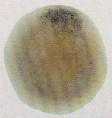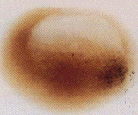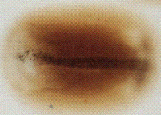

| Research Interests The objective of our work is to understand early vertebrate development at the molecular level. We study this problem in both the amphibian Xenopus, and in the mouse. Xenopus embryos are large and easily manipulated, so that the function of various macromolecules, such as RNA and protein, can be assayed by microinjection into living embryos. Functional assays in Xenopus can then be complemented by genetic knockouts in the mouse, to gain fuller understanding of the normal requirements for gene action in the developing embryo. Current Projects These screens have isolated various molecules that participate in embryonic signaling. Some encode secreted proteins, that either bind to receptors and activate signal transduction pathways, while some block the activity of other signaling molecules. One such molecule, Noggin, can act as a direct neural inducer, and illustrates the principle that blocking a signal can be as informative to cell fate as activating a pathway. Noggin and other similar molecules interact with yet other signals to produce the full range of neural cell types. While there is an overall understanding of signaling pathways that contribute to formation of the mesoderm and neural plate, there are many aspects of neural and mesodermal patterning that remain poorly understood. Current projects include examination of signaling from the neural plate to the mesoderm, screens for molecules that affect anterior-posterior organization of the neural plate, and screens for new molecules involved in mesoderm induction and patterning. A crucial aspect of axis formation is the coordinated movement of cells during gastrulation. The development of fluorescent protein fusions to mark cytoskeletal and cell surface changes will allow the functional dissection of this process. We have shown that the coordination of cell movements during convergence and extension of the Xenopus gastrula relies on a conserved Wnt signaling pathway, the planar cell polarity pathway.
Noggin expression in Xenopus laevis |
Individual research projects include:
- FGF8 signaling during development
- Bottle cell morphogenesis
- microRNAs during neural development
- and many more! (still under construction)
 A
A  B
B  C
C  D
D